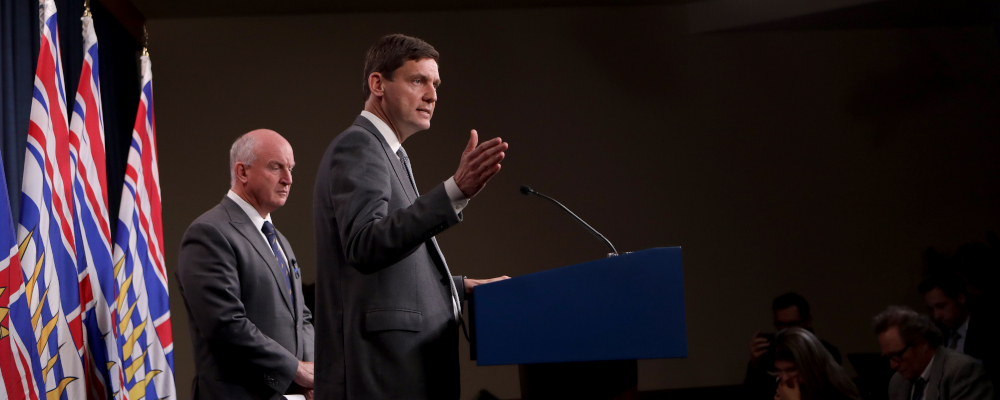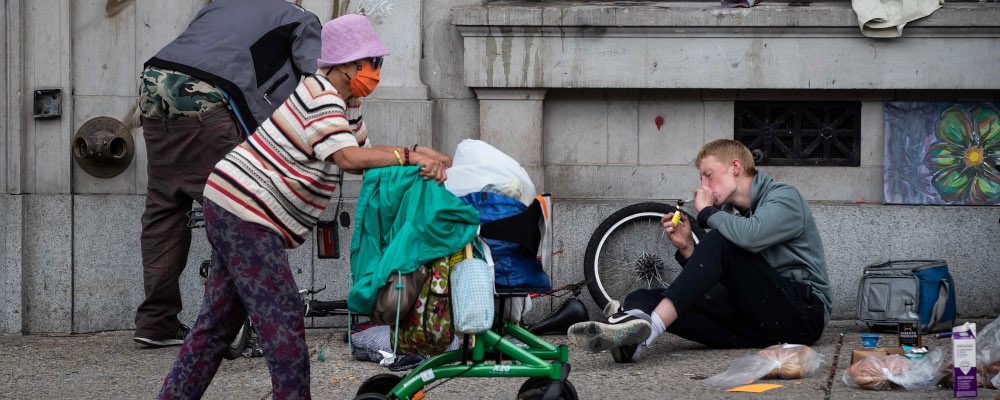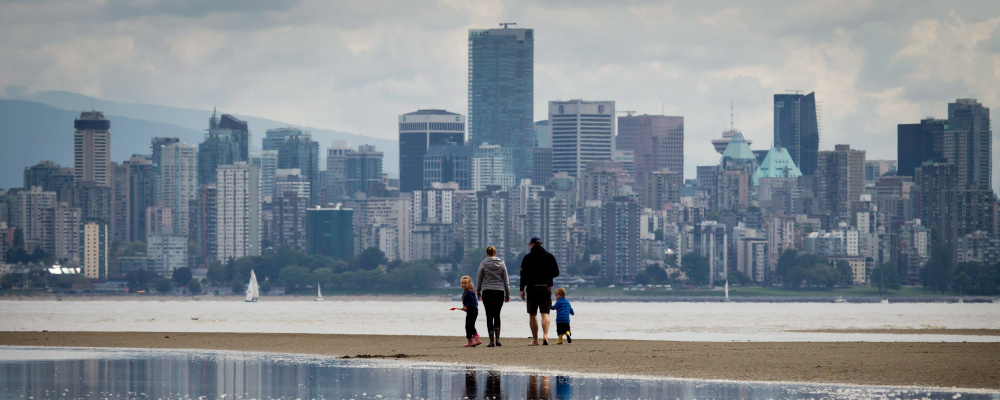British Columbia has been wrestling with the problem of public drug abuse for years. It has pioneered innovative programs such as supervised consumption sites where addicts can safely use illegal drugs. But striking the right balance between helping drug addicts and creating a safe livable city has proven to be a very difficult problem.
A recent Act tried to fine-tune the current approach by preventing drug users from using fentanyl and other illegal drugs in public parks. This might seem fairly uncontroversial, and yet, in a recent decision, Chief Justice Hinkson of the Supreme Court of British Columbia granted an order preventing the Act from coming into effect until the end of March, on the basis that it was arguably a Charter violation. The decision is shocking. How could it possibly be unconstitutional to stop people from using fentanyl in public parks? The implications are even more shocking. We need to get into the weeds of the law to see where the problem lies.
The federal Controlled Drugs and Substances Act makes it illegal to possess or traffic drugs such as fentanyl. The Act provides that the federal minister of Health may grant exemptions. As part of its strategy to address drug abuse, at the beginning of last year, British Columbia got an exemption from the Act to decriminalize possession of small quantities of certain drugs, including fentanyl. The exemption did not apply to certain listed premises, such as K-12 schools, skate parks, or wading pools. Last fall, after most of a year’s experience with the exemption, the province passed the Restricting Public Consumption of Illegal Substances Act. Its main effect is to fine-tune the exemption, by adding public parks, beaches, and sports fields to the list of places where illegal drugs cannot be used.

But the Act doesn’t actually make it a crime to possess drugs in public parks. If someone is using drugs in a public park, the Act authorizes the police to ask the drug user to stop using drugs or leave. It is only an offence if the drug user refuses to leave when asked. If the drug user refuses to leave or stop using drugs when asked, then the police officer may seize the drugs.
To recap, if a police officer comes across someone using fentanyl in a public park, the Act allows the officer to ask the drug user to stop using and leave. That is what Chief Justice Hinkson held is potentially unconstitutional. The direct implication of the decision is that there is arguably a Charter right to use fentanyl in public parks. If that seems crazy, it is. So let me back up my assertion.
In his brief discussion of the Charter breach, Hinkson CJ began by noting that a law that prevents access to health care makes out a deprivation of the right to security.[50] But this Act clearly does not directly prevent access to health care, so this is a bit mysterious. He then said that the real harm is “by directing [drug users] and those who care from them away from public places, there is a prescient risk that the Act will push [drug users] further from health services and deprive accesses thereto.”[50]
How does asking drug users to leave a park while they are on drugs prevent their access to health care? Hinkson CJ accepted two main arguments. One is that if a user has their drugs seized they may suffer withdrawal or buy lower-quality street drugs.[76] This is weak—if the user doesn’t want their drugs seized, they can simply leave the park when asked. Otherwise, the police officer has no right to seize their drugs.
The second argument is that fear of encountering police in public places will lead drug users to use in private, which is more dangerous because if a user overdoses in public they are more likely to get help.[79] This is also a weak argument—after all, B.C. has safe injection sites for exactly that purpose. But it is nonetheless the key point. This argument doesn’t turn on anything specific about the new Restricting Consumption Act. These arguments would apply equally to the Controlled Drugs and Substances Act itself. The bottom line is that this decision holds that it is arguably unconstitutional to prohibit drug users from using drugs in public. The logic is that we must allow them to use drugs in public because if they do they are more likely to be saved if they overdose. The breach of a Charter right is a trump card, that overrides the right of families to go enjoy a public park without drug users.

I say it is “arguably” a Charter violation because in this kind of case, seeking a temporary order, it is not necessary to prove that there is a Charter violation—it is enough to prove that there is “a serious issue to be tried.” Maybe this order will be overturned on appeal. Maybe the Act will be upheld if it is challenged on a more permanent basis after it goes into effect. But even so, we have a senior judge telling us that it is arguably a Charter violation to stop drug users from doing drugs in a public park.
That it is even arguably a violation shows us that something has gone very wrong with the Charter. Stepping back from the specific legal grounds, Hinkson CJ considered that “the unregulated nature of the illegal drug supply is the predominant cause of increasing death rates in British Columbia,” and he accepted that the basic drug policy framework that makes serious drugs illegal is the primary driver of this harm. This is classic governing from the bench. The best way to deal with drug abuse is a difficult public policy issue involving difficult tradeoffs between the interests of drug users and the public. Complex policy decisions need to be made by the legislature, not the courts. The Charter was originally intended to protect fundamental rights from an intrusive government. It should not distorted into a tool for judges to control public policy.
It would be entirely appropriate for the B.C. government to invoke the notwithstanding clause. Indeed, the time has come for the notwithstanding clause to be used routinely. The Charter gives considerable power to judges, but it is not a magic scroll that also gives them mystical powers of wisdom. The words of the Charter provide no real constraint, at least as they have been interpreted by the courts. The courts should be a sober second thought, not the final word. If a judge decides certain legislation is contrary to the Charter, the legislature should be able to say “Thank you for your opinion, but on careful reconsideration, we disagree, and it is democratically elected representatives of the people who have the final say.”
Recommended for You

David Polansky: As President Biden leaves the race, will the Democratic Party hodgepodge hold?

Paul Deegan and Kevin Lynch: Liberalism is under siege—from within as much as from without

Joanna Baron and Dan Delmar: Government censorship is the wrong answer to society’s growing antisemitism

Sean Speer: What elite commentary gets wrong about J.D. Vance (repost)










